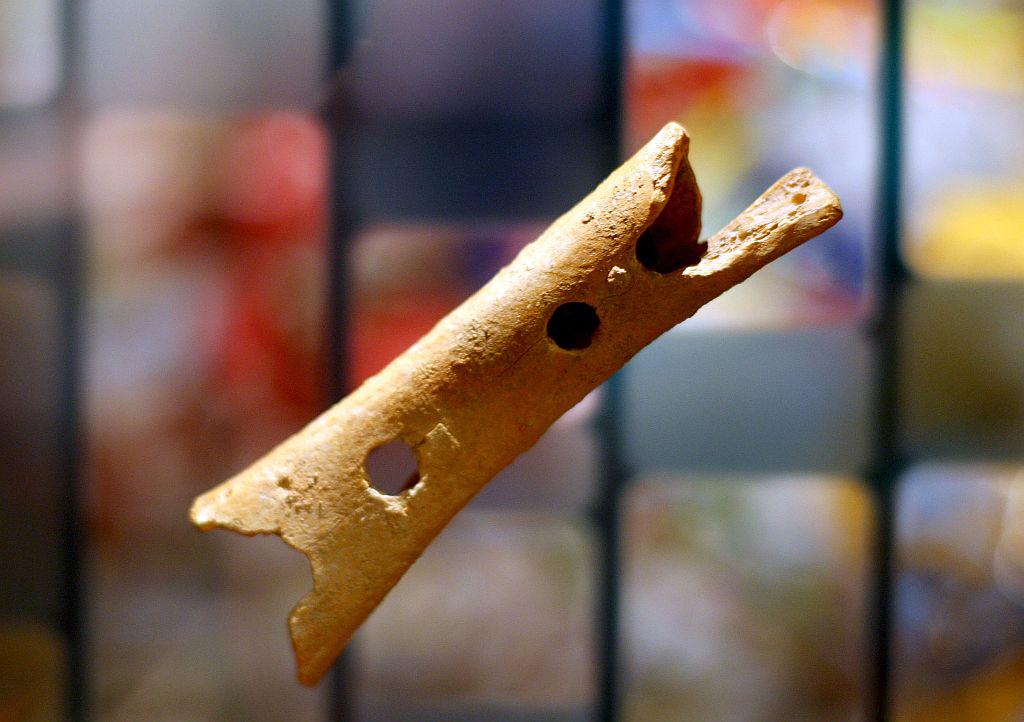
In 1995, when Ivan Turk found a hollow bone when exploring the Divje Babe cave in western Slovenia, he knew that he had discovered something special. Divje Babe was once inhabited by Neanderthals and had already yielded a number of valuable prehistoric items. Turk’s bone had two holes that appeared to have been handmade.
When the bone, a bear femur, was examined by scientists, its value quickly became apparent: The holes had indeed been made by hand -- to create a musical instrument. The four holes on the object were at exactly the right positions to transform the hollow bone into a flute.
The discovery, and the subsequent dating of the bone, caused a sensation: If the bone had indeed been used a musical instrument, that would prove that musical instruments existed as early as 43,000 years ago – far earlier than previously thought. Furthermore, if it was made by the Neanderthals, our understanding of that species would change forever. The discovery would indicate that the mysterious Neanderthals were musical just like our own species, Homo sapiens. It became apparent that the find, made in a remote Slovenian cave, was a major discovery on a global scale.
But some scientists were not convinced. A group of academics published an article arguing that it was far more likely that the holes were bite marks from another animal. Indeed, there is evidence that the bone had been gnawed at either side. Dissenters also pointed to the lack of tool marks next to the holes and the shortness of the bone.
However, in what turned out to be a lively intellectual row, Turk and his adherents struck back. They argued that the holes were just the right size and shape to be covered by fingers, and that the spacing between them was perfect to produce the four notes of the diatonic scale. If total length of the bone was too short, that could be explained with a missing mouthpiece. And if the holes were indeed made by an animal, why was there no evidence of any fractures on the bone -- and no bite marks on the side opposite from the holes? Why did the bite pattern not match that of any known animal?
One of the strongest arguments in favor of Turk’s hypothesis came from UCLA musicologist Bob Fink. He conducted a computer analysis to see whether the spacing of the holes could have resembled that of the diatonic scale by coincidence. Fink’s results were unambiguous: The chance of that happening was infinitesimally small -- one in several million. And when several replicas of the flute were later made, they produced music, just as Turk had expected.
Still, the debate on the Divje Babe flute is likely to continue for years. Turk’s explanations have convinced the National Museum of Slovenia, where the flute is on display. The bone is one of the museum’s prize attractions and has even been featured on Slovenian postage stamps and mentioned on the pages of National Geographic Magazine. If the flute is indeed genuine, a Slovenian scientist can claim credit for one of the most important archeological finds of our age – a discovery that has revealed much about the very dawn of music.

































































